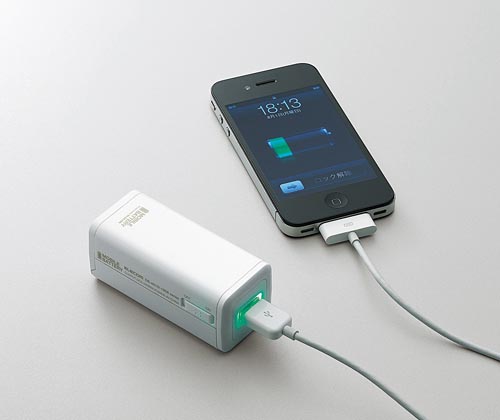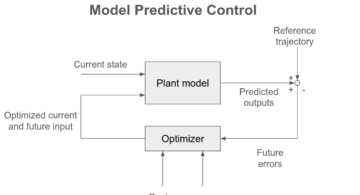Eyes, JAPAN
How to compare battery capacity
denvazh
Why?
Most battery manufacturers would print information about its capacity, voltage and etc, however if one has already forgotten school classes of physics it would be quite difficult to actually see how long such battery would last and also how to compare various batteries.
Let’s close this gap.
Information one can find on the battery itself:
- input current kind & voltage (ex. DC5V 1A(max))
- output current kind & voltage (ex. DC5V 1.5A(max))
- battery kind (ex. Li-ion, Ni-Cd, Alkaline)
- battery cell voltage (for Li-ion usually 3.6-3.7V)
- battery cell electric charge, usually in ampere-hour units (5400mAh)
Scope of this very blog post would cover the last two.
What?
Ampere-hour is a unit electric charge transferred by a steady current of one ampere for one second. Just, for future reference and personal interest, 1 Ampere-hour is equal to 3600 coulombs (ampere-seconds) 🙂
Even though, ampere-hour is commonly used by battery manufacturers to describe battery capacity, it is important to remember that ampere-hour is a unit of electric charge, but NOT unit of energy.
With that being said, it is possible to compare batteries where cell voltage is the same.
Let’s consider batteries from these devices (or more cool way to name nowadays – gadgets!):
- iPhone5: 3.8V – 1440mAh [reference]
- Nexus 4: 3.8V – 2100mAh [reference]
- MacBook Air 13′: 7.3V – 50Wh [reference]
- Microsoft Surface Pro: 7.4V – 5676mAh [reference]
Some of them we can compare right from the beginning. As we can see Nexus 4 has more electric charge than iPhone 5, hence Nexus4 battery has bigger capacity.
To compare all the devices, we have to first convert information above to certain base units like energy. For this case, it is common practice to use kilowatt hour units. Kilowatt hour is a unit of energy equal to 1000 watt hours or 3.6 megajoules. For constant power, energy in watt hours is the product of power in watts and time in hours.
However, electric discharge of battery is nonlinear, because it is not a source of stable power supply. This means, accurate calculation of the energy delivered requires integration of the power delivered over the discharge interval. Value of delivered power at any given discharge interval would be a product of instantaneous voltage and instantaneous current, hence voltmeter and ammeter should be used to actually get values for instantaneous voltage and instantaneous current.
If accurate calculation is not necessary, it is possible to use average values for current and voltage and use the following equation: 1W = 1V * 1A.
In this case, battery energy would be approximately equal to product of battery cell electric charge and average voltage:
- iPhone5: 5.472Wh
- Nexus4: 7.98Wh
- MacBook Air 13′: 50Wh (already given in Wh)
- Microsoft Surface Pro: 42Wh
This way it is a bit easier to compare device battery capacity, especially if battery voltage is different.
Anything else?
Instead of conclusion and final summary I would like to give a tip.
Sometimes manufactures do not give any information about battery cell electric voltage.
If this happens, there are only two way out:
- if information about battery kind (Li-ion) is available, then it is possible to find out typical voltage for this class of batteries [here]
- if information about battery kind is also missing, then one has to charge battery to the maximum and use voltmeter to measure peak immediate voltage.

 2025/12/12
2025/12/12 2025/12/07
2025/12/07 2025/11/06
2025/11/06 2025/10/31
2025/10/31 2025/10/24
2025/10/24 2025/10/03
2025/10/03 2025/08/30
2025/08/30 2025/08/22
2025/08/22